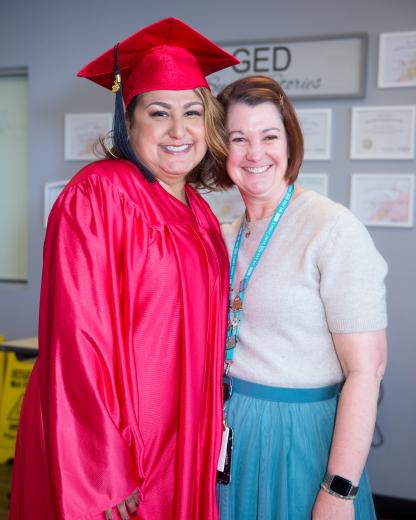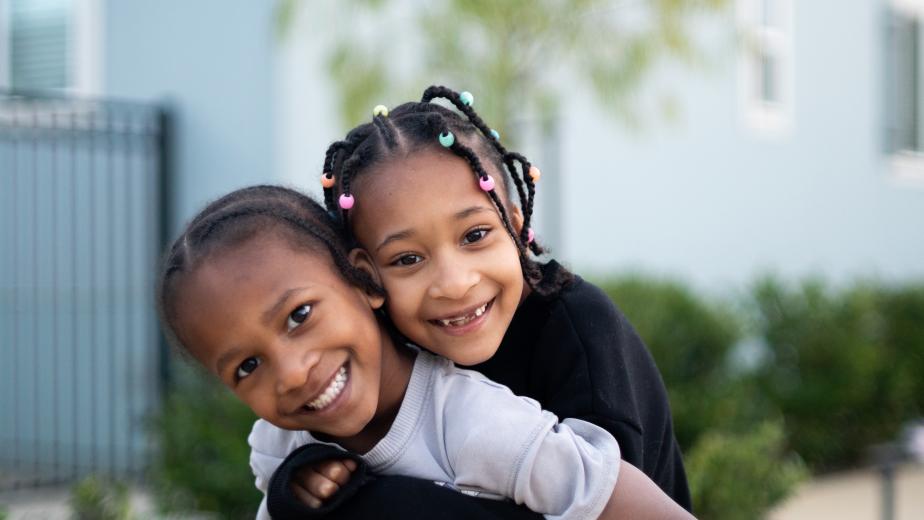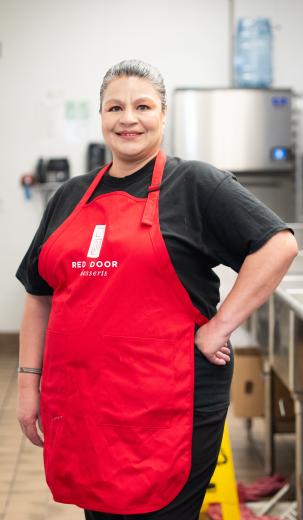For more than four decades, Saint John’s Program for Real Change has offered a lifeline to women and children facing homelessness in Sacramento, battling a crisis fueled by systemic obstacles and personal trauma. The organization stands at the intersection of housing shortages, economic fragility and household conflict — challenges that rarely result from a single bad decision, but instead accumulate until even the most resilient families find themselves without options.
According to CEO Scott Richards, Saint John’s families arrive burdened by not just poverty, but layers of trauma, including domestic violence, health crises and years of instability.
“Our job is to make sure that collapse isn’t the end of their story,” Richards says, emphasizing the multidimensional barriers faced by those seeking shelter and support.
Data reveals the scale of Sacramento’s housing crisis: more than 80,000 families qualify as very low or extremely low income, yet only 25,000 affordable units are available, leaving over half of those in need without viable housing. For families who do find housing, the cost is crippling. Between 70 and 90% of low- to extremely low-income households spend more than 30% of their income on shelter. Among extremely low-income families, more than 80% allocate over half their earnings to rent. Currently, 22,000 Sacramento County households are behind on rent, owing more than $39 million. In such circumstances, any disruption — a job loss, a medical bill, a broken vehicle — can trigger homelessness. In 2022 alone, the county recorded over 7,000 eviction lawsuits and 5,000 domestic violence calls, many involving children. More than 50,000 unnecessary ER visits signaled pervasive health and behavioral crises.
“Our vision is to end the generational cycle of trauma
and homelessness. When a mom leaves Saint John’s housed, employed, sober and hopeful, her children inherit a different future. That’s how we reduce homelessness — not just for today, but for the next generation.” – Scott Richards, CEO
Statewide, the pattern holds. One in five unhoused Californians was discharged from an institutional setting, such as jail or a hospital, just before losing their home. Mental health and substance use issues are increasingly common, and women exiting incarceration are five times as likely to become unhoused within a year. These statistics illustrate a compounding cycle of trauma and instability that the housing market only exacerbates.
“This is a systems problem,” Richards says. “High housing costs, fragile household economics, domestic violence, behavioral health and justice involvement all collide.”
Against these formidable odds, Saint John’s Program for Real Change provides a safe campus and comprehensive services — behavioral health therapy, workforce training, family care — designed to address not only immediate shelter needs, but also the root causes of instability. The program’s structured, relational approach helps women rebuild income, repair family relationships and, crucially, see new possibilities for themselves and their children.
“Our vision is to end the generational cycle of trauma and homelessness,” Richards says.
For every woman and child who walks through the program’s doors, Saint John’s provides the resources to support those who want to change trajectories, moving families from crisis to stability and from generational trauma to generational hope.
“When a mom leaves Saint John’s housed, employed, sober and
hopeful, her children inherit a different future,” Richards
says.
“That’s how we reduce homelessness — not just for today, but
for
the next generation.”










